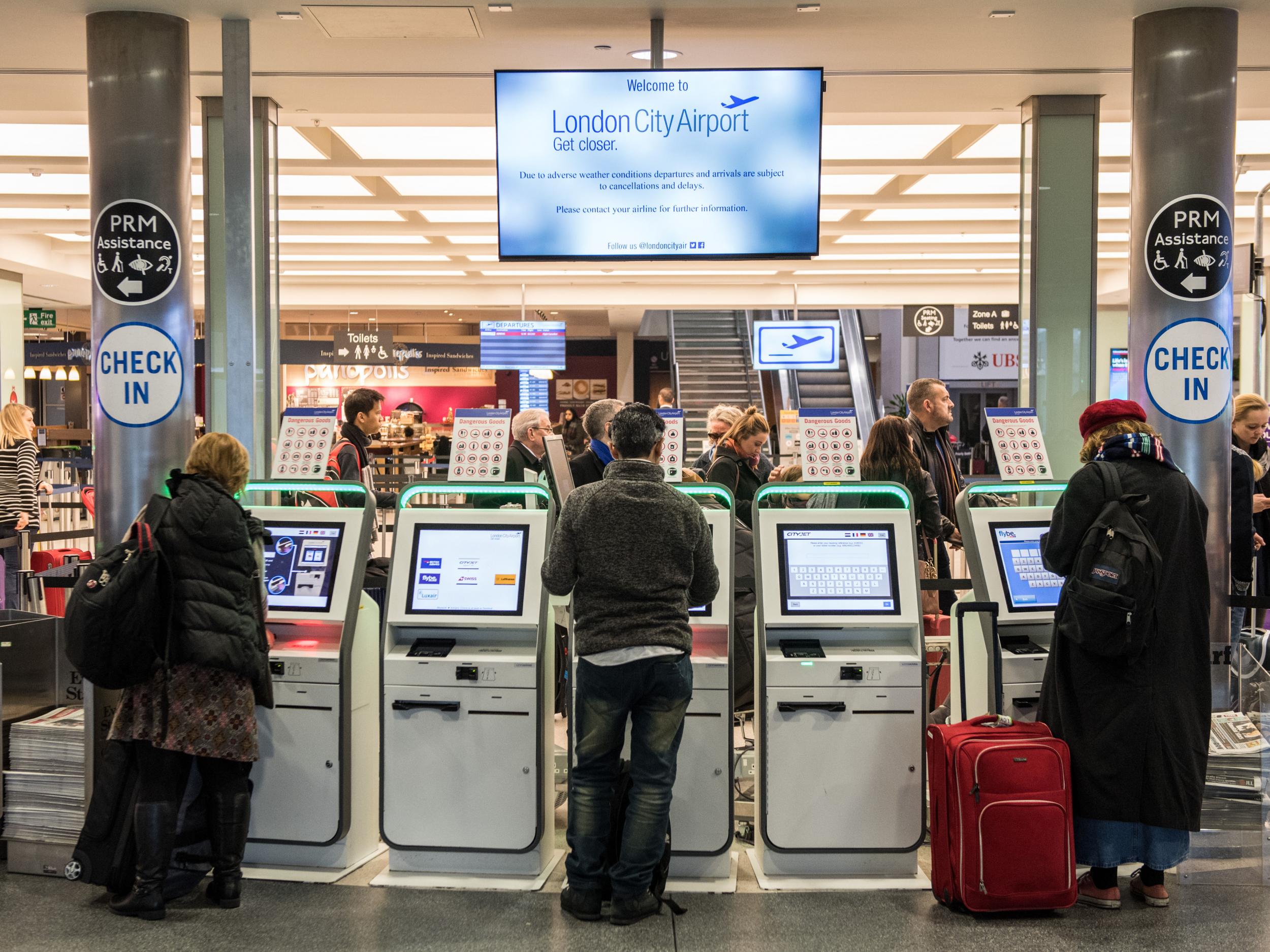Plane talk: London City Airport turns 30 with ambitious plans to stay in the game
The airport has risen from the post-war wastes of east London to become a challenger for UK top 10 status, thanks to the right kinds of aircraft

Early in 1988, I took a mystery flight. Discovering at check-in at London City airport that I would be travelling to Amsterdam was not the biggest surprise ever, because the Dutch capital was one of only two possible options for the day trip, the other being Paris. But almost three decades ago, the chance to fly to the continent and back for only £50 was miraculously cheap. So I was thrilled to be allowed out of Britain for the day at all.
After touchdown I headed away from Amsterdam (the city did not at the time have a direct rail link from at Schiphol airport) and instead spent the day exploring the handsome canal network and rich heritage of Leiden. Then I dashed back to the airport to board the Dash 7 turboprop to London City.
London City Airways offered the £50 deal in a desperate bid to fill its planes from the new Docklands airport. It is 30 years ago this week that the Queen officially opened the City airport, probably the most controversial element of the redevelopment of east London.
Initially, London City struggled. Partly that was because the Manhattan-like huddle of high-rises clustered in Canary Wharf was still on the drawing board. And partly it was because the aircraft type was wrong. The Dash 7 was the only plane allowed to be flown from the Docklands airport by London European Airways and its rival, Brymon. It had four expensive engines but carried (on a good day) only 50 passengers.
By the summer of that year, the airport management staged an open day designed to convince local residents that a bigger, newer and more popular aircraft, the BAe 146, could fly from London City without deafening the community. The “Whisperjet”, as it was branded, made a series of touch-and-go landings while people from the neighbourhoods enjoyed tea and sandwiches courtesy of the airport owners.
The charm offensive worked. Soon the 146 became the mainstay of the airport, and it remains a regular visitor. "LCY" is now relentlessly busy, except for its day of rest - from lunchtime on Saturday for 24 hours - and has the best public transport link of any London airport. But as City airport has risen from the post-war wastes of London E16 to be a challenger for UK top 10 status, the Whisperjet is being outmanoeuvred for quietness and passenger appeal by newer aircraft.
Declan Collier, the outgoing chief executive, tells me about his hopes for the Embraer E-2 and Bombardier C-Series jets. “Those aircraft are more fuel efficient, they’re substantially quieter, but really excitingly they have three times the range,” he says. “Our current range from London City takes you to the toe of Italy. What the C-Series and the E-2 offer is full loads across the Atlantic, London City-New York.”
At present British Airways’ flagship service, BA1, flies from the Docklands airport to JFK airport in New York. But it is an Airbus A318 which cannot fly the full distance with the fuel it can load at London City, so it touches down en route at Shannon in Ireland – reducing the attraction to time-pressed passengers.
“We’re also looking at full loads to the Middle East, to Tel Aviv and down to the Gulf. And in an all-business-class configuration, with 45 business-class seats, direct flights down into Mumbai and Delhi, and to West Africa,” Mr Collier says.
A £450m redevelopment programme will see a new parallel taxiway, allowing more efficient use of the single, short runway; more parking stands; and, long overdue, an expanded terminal. “We are actively discussing these routes with a number of airlines,” he says. “From 2021 onwards, that’s the type of thing you’ll see London City.”
Mr Collier is handing over to the new chief executive, Robert Sinclair. I wonder if mystery tours are on his agenda.
Subscribe to Independent Premium to bookmark this article
Want to bookmark your favourite articles and stories to read or reference later? Start your Independent Premium subscription today.

Join our commenting forum
Join thought-provoking conversations, follow other Independent readers and see their replies